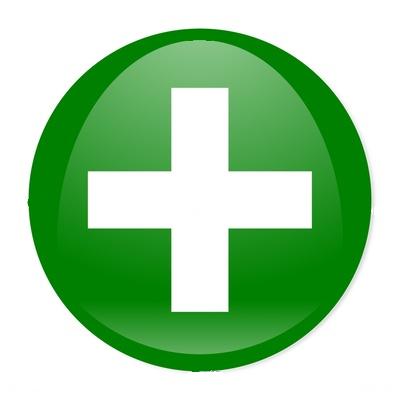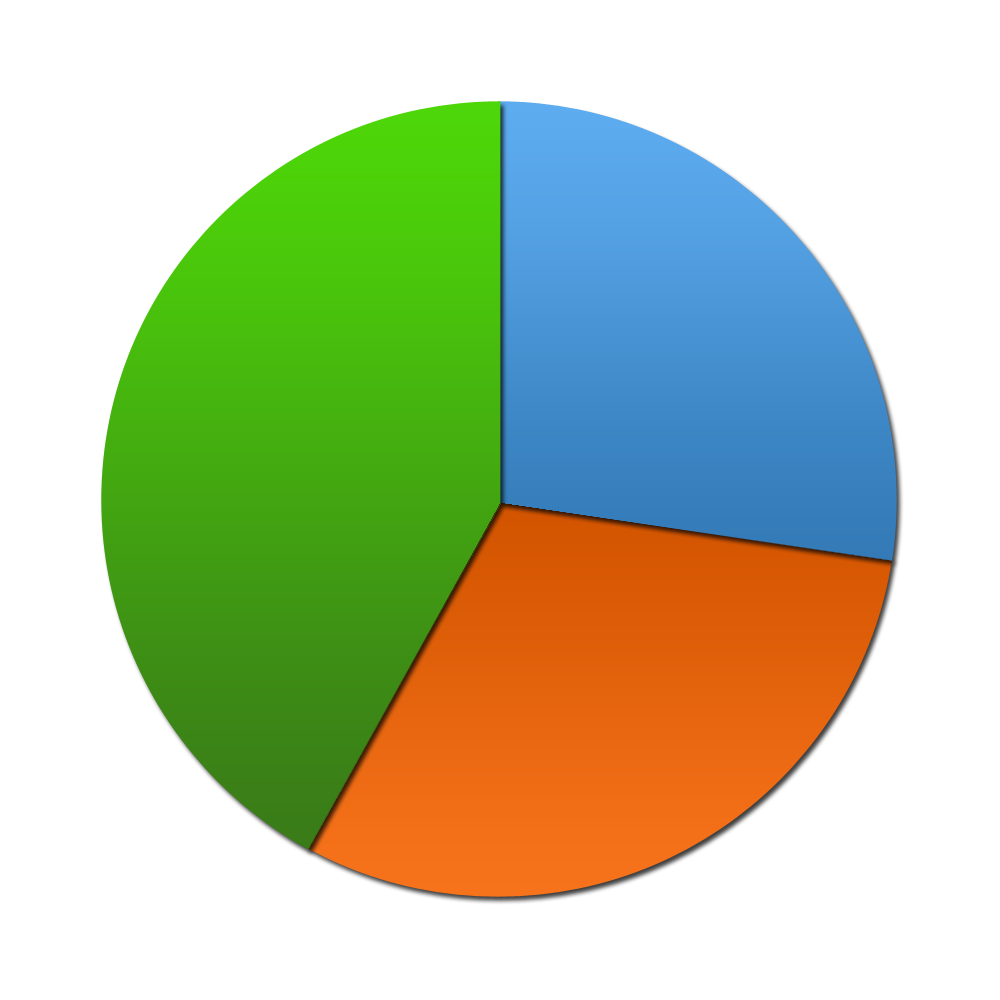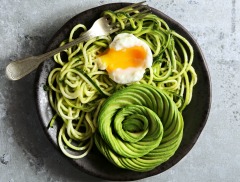Don't just meal plan... meal plan intelligently - with Meal Genius! Sign up for our free newsletter to get delicious recipes, sample meal plans and a whole lot more!
Rhubarb
Rhubarb is a member of the buckwheat family with stalks up to 2 feet long.
Rhubarb's stalks are the only edible portion of the plant — the leaves contain oxalic acid and can be toxic.
While rhubarb is generally considered a fruit, botanically it's a vegetable.
Many varieties of rhubarb exist, most of which fall into two basic types — hothouse and field grown.
Rhubarb has intensley tart flavor and tough, fibrous stalk that is typically cooked with sugar and other berries to make it paltable. Thanks to all-natural sweeteners like erythritol and stevia, you can enjoy a traditional Strawberry Rhubarb Crisp without concern for spiking your blood sugar.
Rhubarb is a good source of calcium, potassium and vitamin C, and also provides anthocyanins.
The Benefits
- Special diets: Autoimmune Paleo Diet, Elimination Diet, Gluten-Free Diet, Gluten-Free/Dairy-Free Diet, Grain-Free Diet, Low Acid Diet, Low FODMAP Diet, Low Histamine Diet, Low Starch Diet, Paleo Diet (Light), Paleo Diet (Strict), Pescetarian Diet, Primal Diet, Vegetarian Diet, Whole Food
- Excellent Source of:
- Good Source of:
- Preferences: No Fish, No Red Meat, No Pork, No Eggs, No Shellfish, No Gluten, No Nuts, No Seeds, No Soy, No Dairy, No Poultry, No Molds, No Coconut, No Pseudograins, No Corn, No Yeast, No Peanuts, No Citrus, No Nightshade, No Legumes, No Grains, Low Carbohydrate, Low Cholesterol, Low Fat, Low Sodium, Low Sugars, Low Saturated Fat
Related Foods
Selecting and Storing
The field-grown plant can usually be found from late winter to early summer, with a peak from April to June. Choose crisp stalks that are brightly hued. The leaves should be fresh-looking and blemish-free. Highly perishable, fresh rhubarb should be refrigerated, tightly wrapped in a plastic bag, for up to 3 days. Wash and remove leaves just before using.









